Criss-crossing the countryside, our country lanes and fields wouldn't be the same without hedgerows – brimming with wildlife and plant varieties, the British hedgerow provides vital habitat and pathways for creatures big and small.
Learn why hedgerows are an important part of our landscape and how to identify hedgerow flora in our expert guide.
What are hedgerows?
Hedgerows are linear strips of trees and shrubs that are grown to provide boundaries for fields. Historically, they were 'laid' whereby the woody trunks and stems of the plants are cut and woven together to make an impenetrable barrier to livestock. In essence, a hedgerow mimics a woodland edge, which offers habitat and vital food source for a range of fascinating species – and fruitful foraging for us.
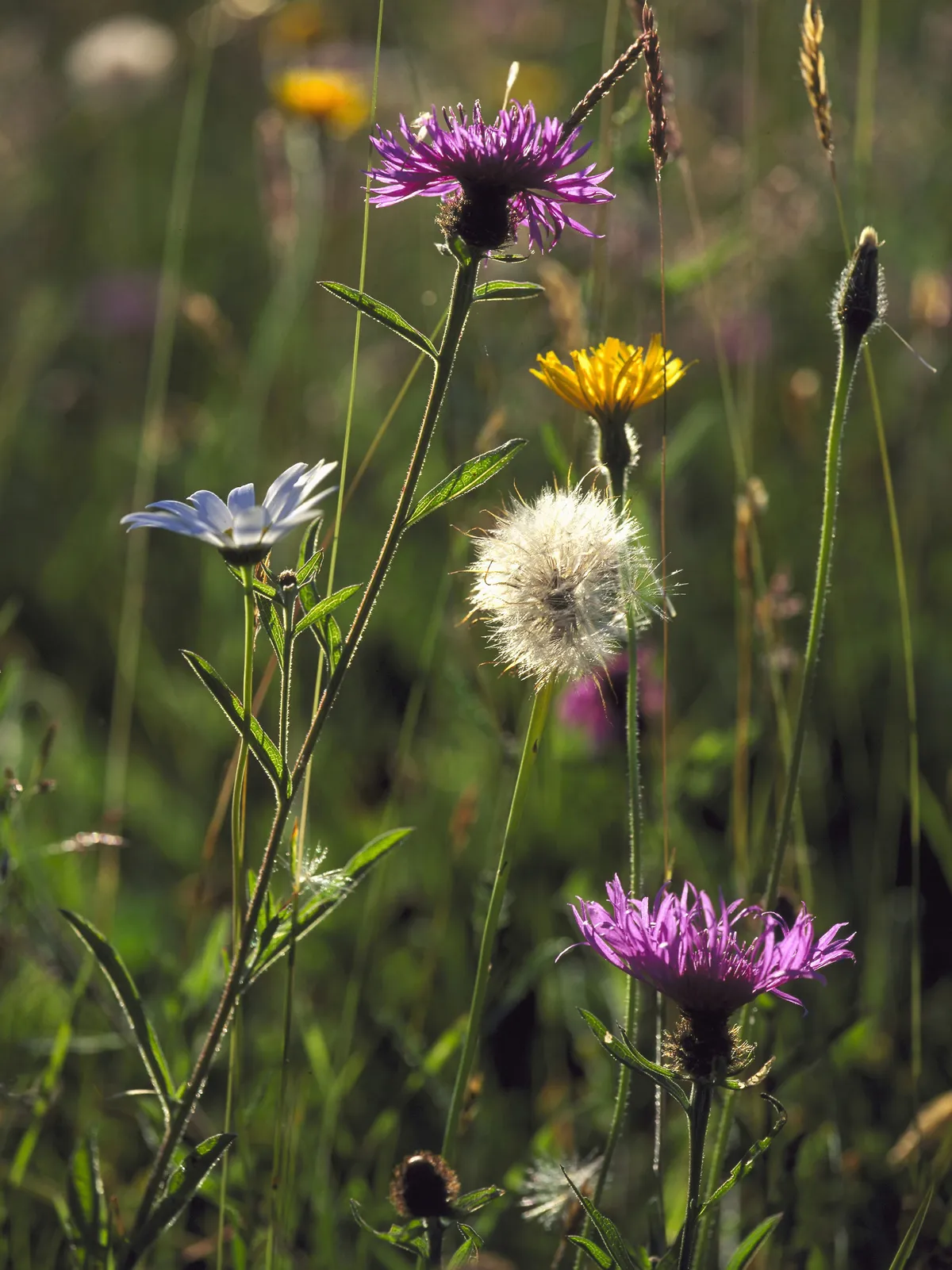
Why are hedgerows important for wildlife?
Hedges often have a wide variety of trees, shrubs and flowers, offering food in the form of leaves, flower nectar, berries and nuts as well as nesting and burrowing sites for birds and mammals and safe havens from danger. For instance, many birds hide their nests in the dense foliage of a hedge, offering protection from raptors such as sparrowhawks as well as ground-based hunters such as foxes, weasels and cats.
The older the hedge, the wider the range of species. Hedgerows also act as linear woodlands, linking habitats across farmland that might otherwise offer little for wildlife.

How to identify key hedgerow trees and shrubs
Hazel, Corylus

A common hedgerow tree that grows fast and with strong flexible trunks and branches that can be woven and warped to make the ideal framework for laying hedges. Adult hazel has a pale bark like flecked gold leaf, long ‘lamb’s tails’ catkins in late winter and heart shaped leaves that are toothed at the edges and have a soft, furry feel.
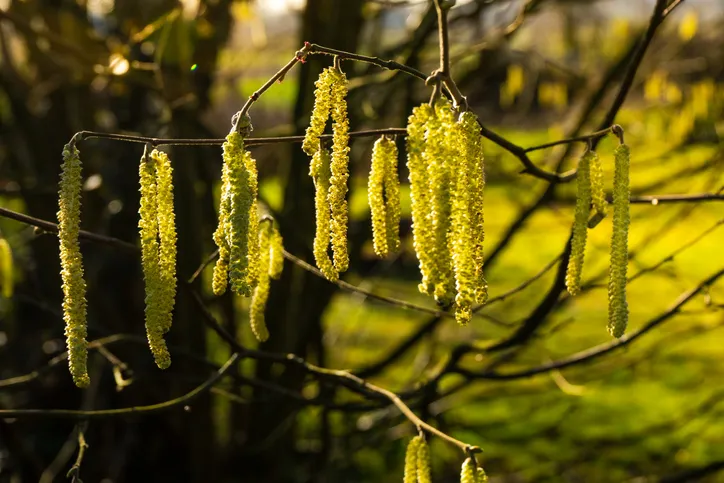
Hazels were often coppiced in the past for charcoal, fenceposts and other uses but as the need for these materials has waned, the coppices have grown up, creating adult trees comprising several large trunks rather than a single growth. Hazel nuts – cobnuts – are prized by many animals, especially the grey squirrel.
See how to identify nuts and seeds from British trees
Hawthorn, Crataegus
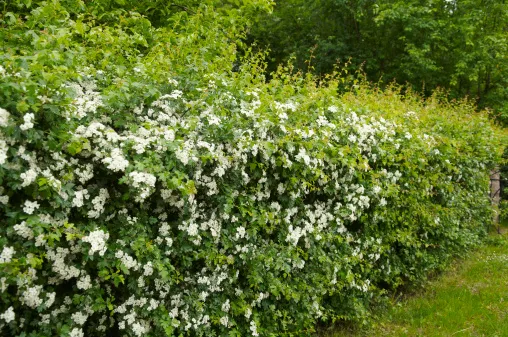
Another hedgerow regular, the hawthorn’s spiny branches and twigs were useful as in making a hedge stockproof. The leaves also provided livestock with food. Hawthorn is best known for its creamy white blossoms – mayflower – which bloom exuberantly across the countryside for a few short weeks in May.

By late August, the hawthorn begins to produce red berries called haws that are a staple for many birds and mammals through autumn and winter, especially thrushes such as redwings and fieldfares. The berries are edible and can be made into chutneys and wines.
Try making this delicious hawthorn gin
Cuckoo pint/lords and ladies, Arum maculatum
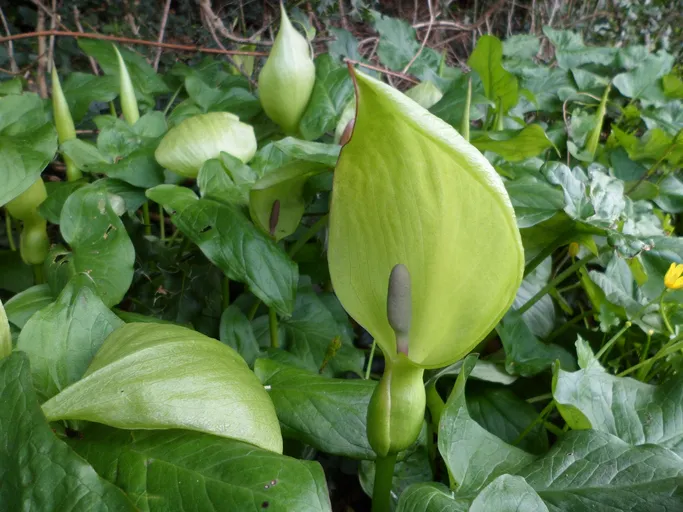
A hedge bottom plant whose glossy, black-spotted leaves – shaped like an tuba – appear in early February before it produced a hooded leaf enclosing a fleshy spike called a spadix. By autumn, the hood withers and the base of the spadix transforms into a spike of bright red berries that are toxic to humans but devoured happily by mice and voles.
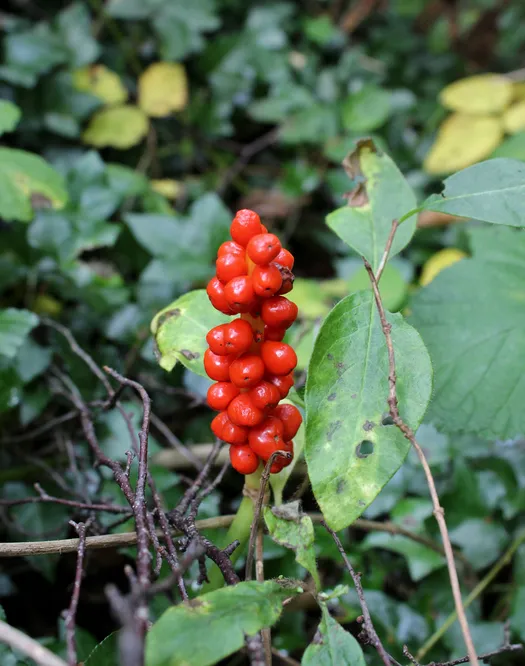
This curious and common plant has many names – lords and ladies, wild arum, jack in the pulpit and priest’s pintle. The more ribald names refer to the spadix and hood bearing some resemblance to male and female genitalia.
Dog’s mercury, Mercurialis perennis
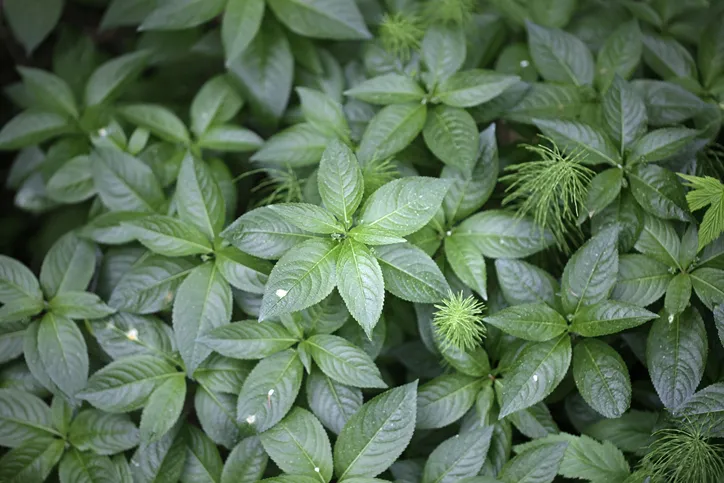
Common in many ancient woodlands but, lacking conspicuous flowers, dog’s mercury is easily overlooked, even when it carpets the forest floor. Loosely nettle-like in looks, it has a pungent unappealing odour and is highly toxic – these unpleasant aspects have earned it the ‘dog’s’ epithet. The tiny green flowers appear in clusters on short stalks near the uppermost leaves.
Sweet violet, Viola odorata and common dog violet, Viola riviniana
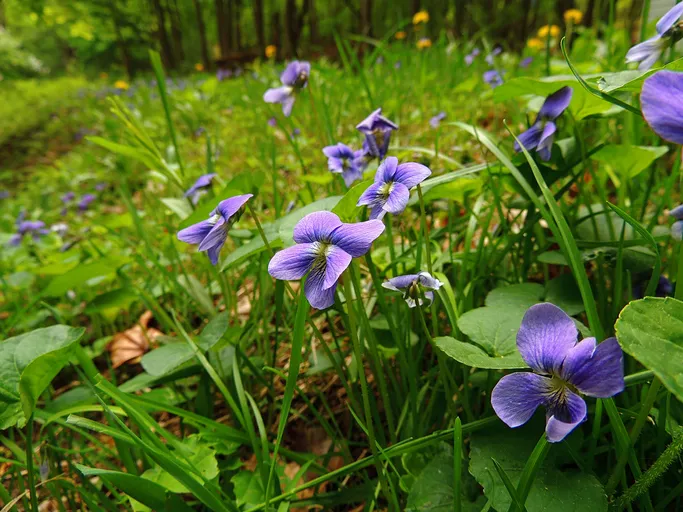
A delicate, low-growing flower of hedge banks, verges, heaths and old pastures, usually on the edge of woodlands. There are two species that can best be told apart from scent: the sweet violet lives up to its name while the common dog violet is odourless. The latter is by far the more common and is the food plant of the caterpillars of the small pearl-bordered, the pearl-bordered and the silver-washed fritillary. The imperial purple flowers appear from April to June.
Blackthorn, Prunus spinosa
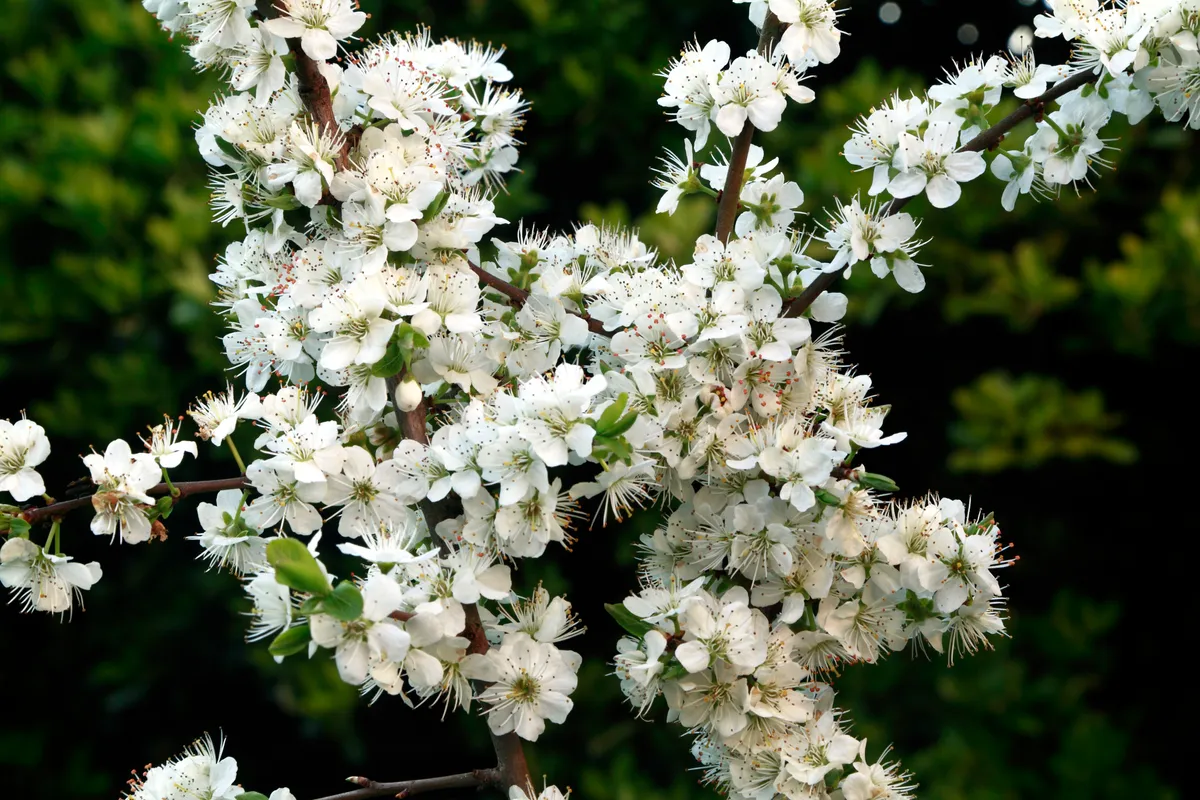
One of the earliest hedgerow trees to put forth its blossom, the blackthorn offers tiny stars of white flowers to give hope at the drab end of winter. Another small tree that defends itself with sharp thorns, it was harnessed by hedge-layers to create a truly stock-proof barrier.
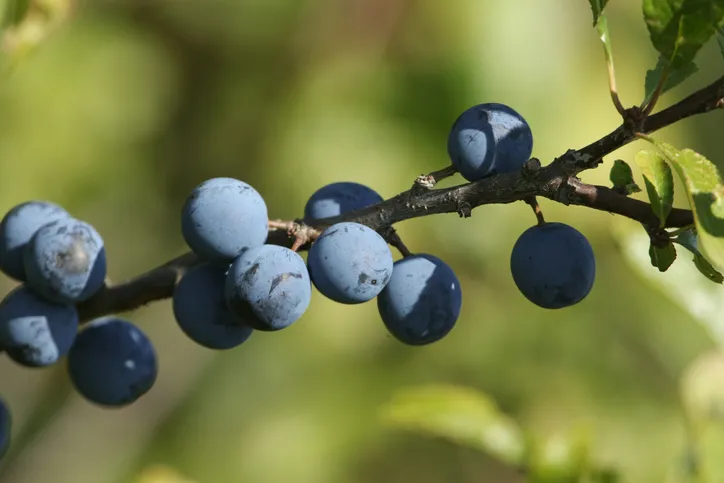
Blackthorn is best known for its autumn fruit, the dark purple sloe famed for its use in flavouring alcholic drinks. This tiny, olive like berry is hideously sour when eaten raw but imparts a delightful colour and fruity flavour when steeped in gin and sugar. (link to sloe gin recipe). Blackthorn leaves are narrow ovals.
Primrose, Primula vulgaris
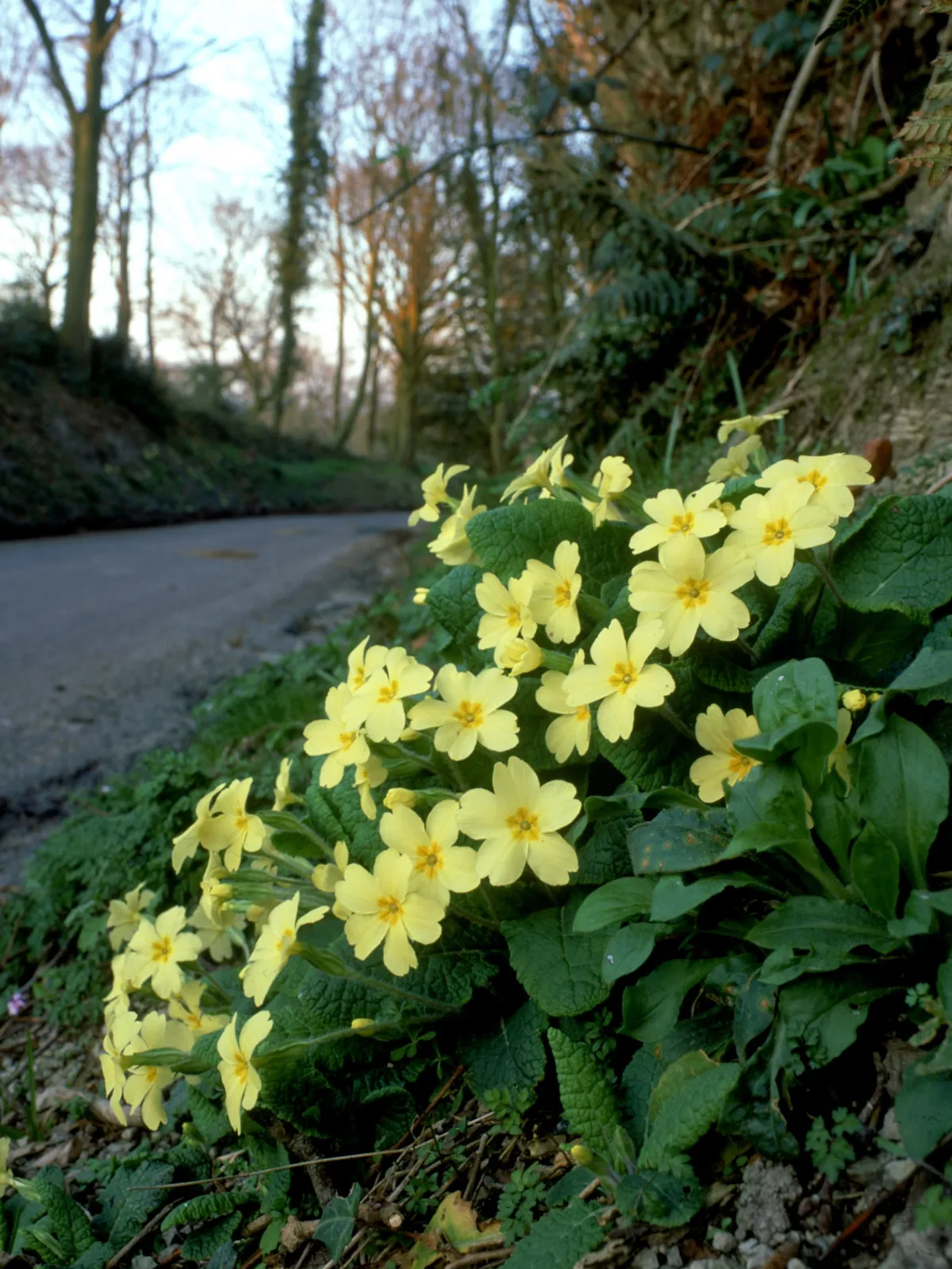
A beautiful early spring flower of hedge bottoms, field edges, clearings, road verges and woodland edges. The primrose – the prima rosa (first rose) – is almost a national symbol, a daring yellow bloom among long, heavily ribbed leaves that appears at a time when even the grass is weary. And unlike so many other early spring flowers, it hangs on until May.
Dog-rose, Rosa canina
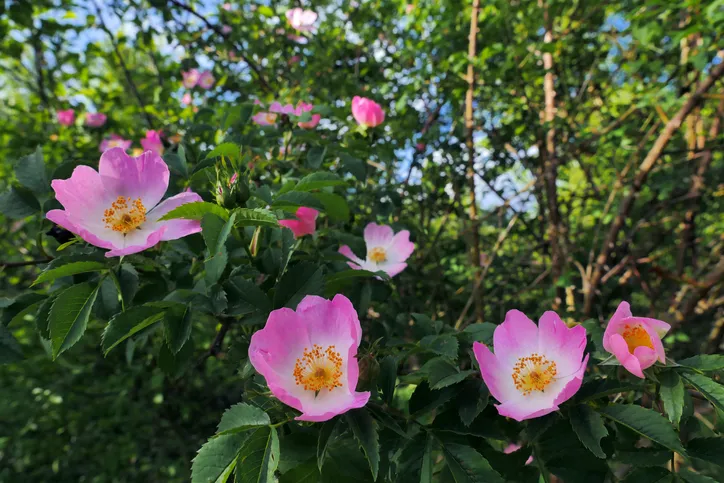
A scrambler like bramble, this wild rose has gorgeous sweet-scented flowers that vary from white to deep pink. Growing up to 5m high if it has suitable support from surrounding trees and shrubs, the dog-rose loves the sunny side of hedges but is unfussy about habitat or soil types.

Also known as eglantine, the dog-rose produces small tapered, cylindrical fruit known as rose-hips. These can be harvested in late autumn to make cordials and infusions. Rose-hip juice several times the vitamin-C content of orange juice.
Blackberry, Rubus sp

The archetypal hedgerow dweller, the bramble is a rough, rambling, prickly shrub that hurls itself through thickets and small trees in wild abandon, creating nesting and skulking habitats for a huge range of creatures.

In late spring and early summer, its soft pink flowers provide a boon of nectar for bees, flies and butterflies but it’s the generous quantities of edible berries that each plant yields. There are hundreds of different varieties in the wild and each plant’s fruit have their own subtle flavour. Blackberrying is an essential rite of passage for children and offers a lifetime of delights.
Blackberry guide: where to find, how to cook and recipe ideas
Field maple, Acer campestre
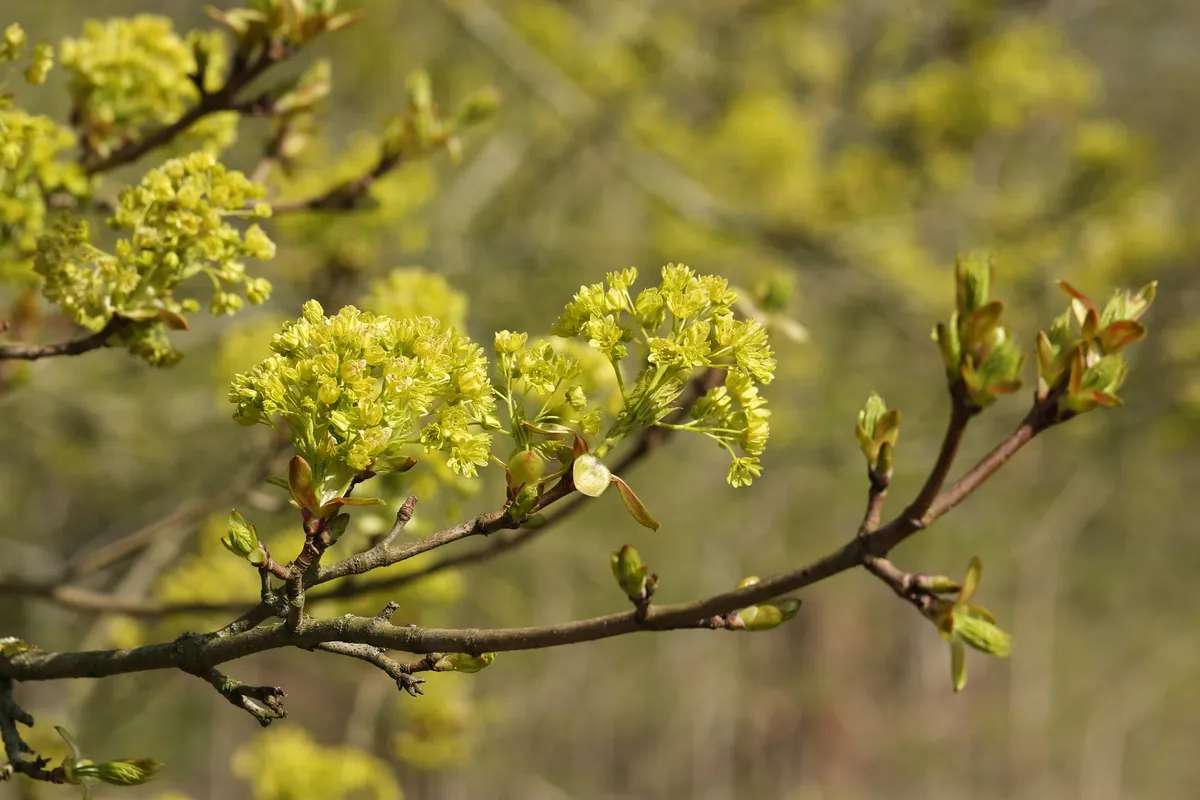
An absolute favourite, the field maple glows with buttercup-yellow leaves in autumn. Corky barked and with pink-tinged, green-winged ‘sycamore-style’ helicopter seeds that can honestly be mistaken for an elephant hawk-moth when young, this is our only native maple. It is highly resistant to air pollution and its sap can be used to make a maple syrup. It is also a winner with insects, particularly aphids and their predators, including birds.
Purging buckthorn, Rhamnus cathartica
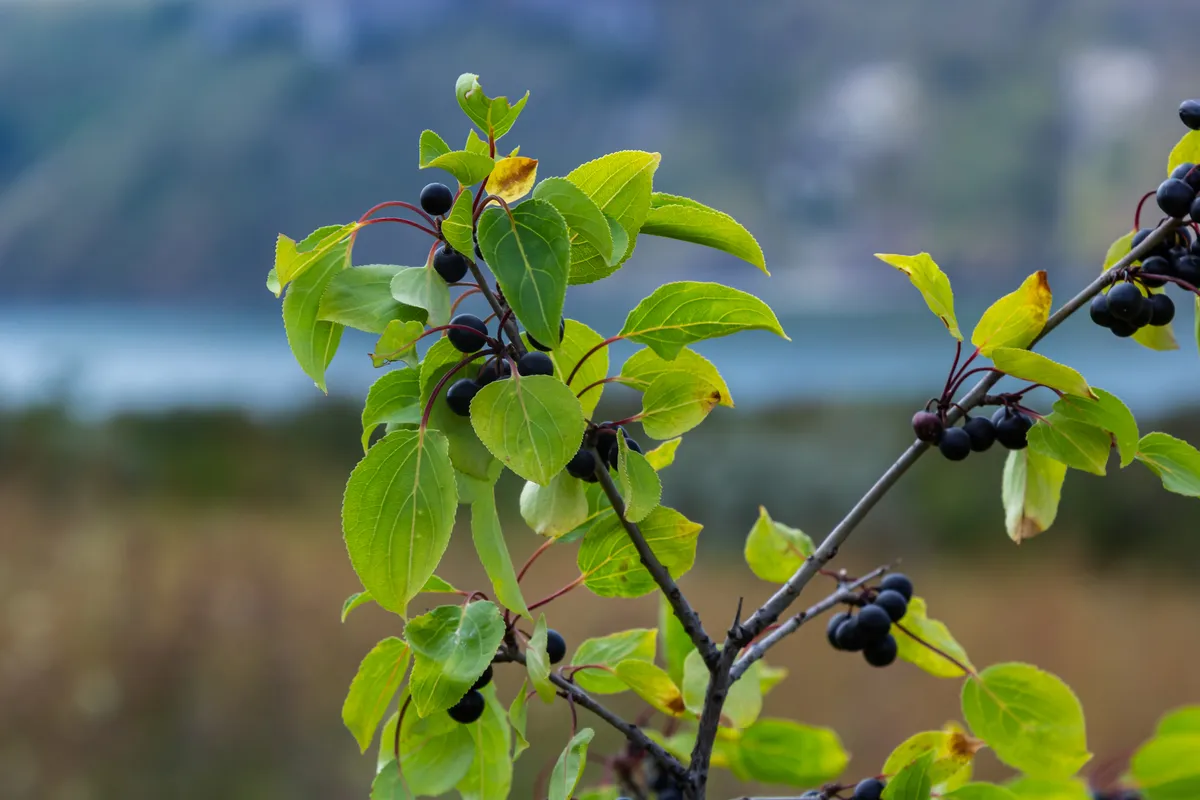
Its dense growth makes it an ideal nesting site for many birds. The green, often overlooked flowers are a good source of pollen and nectar. Its opposite-placed leaves, diamond-shaped like a raven’s tail, are the main food plant for the brimstone butterfly caterpillar. Unlike similar dogwood, buckthorn has spines and the closely related alder buckthorn has alternate-placed leaves. The small, shiny black berries are widely spaced and best left for wildlife – they are mildly toxic, and, as the name would suggest, a laxative.
English elm, Ulmus procera

The iconic towering elms of old paintings, railway posters and Ladybird books are almost all gone. Dutch elm disease killed 30 million trees in the 1970s. But the trees survive from suckers to hedgerow height before succumbing, though are often more noticeable as bone-white skeletons dressed in unravelling ivy jumpers that topple first in storms. The fatal tunnels made by the elm bark beetle can be found mapped in curves of shed bark, like the imprint of fossilised trilobites. The twigs have corky ‘wings’ with sandpaper-rough serrated leaves. The fruits are papery winged, windborne rosettes called samaras.
Elder, Sambuca nigra
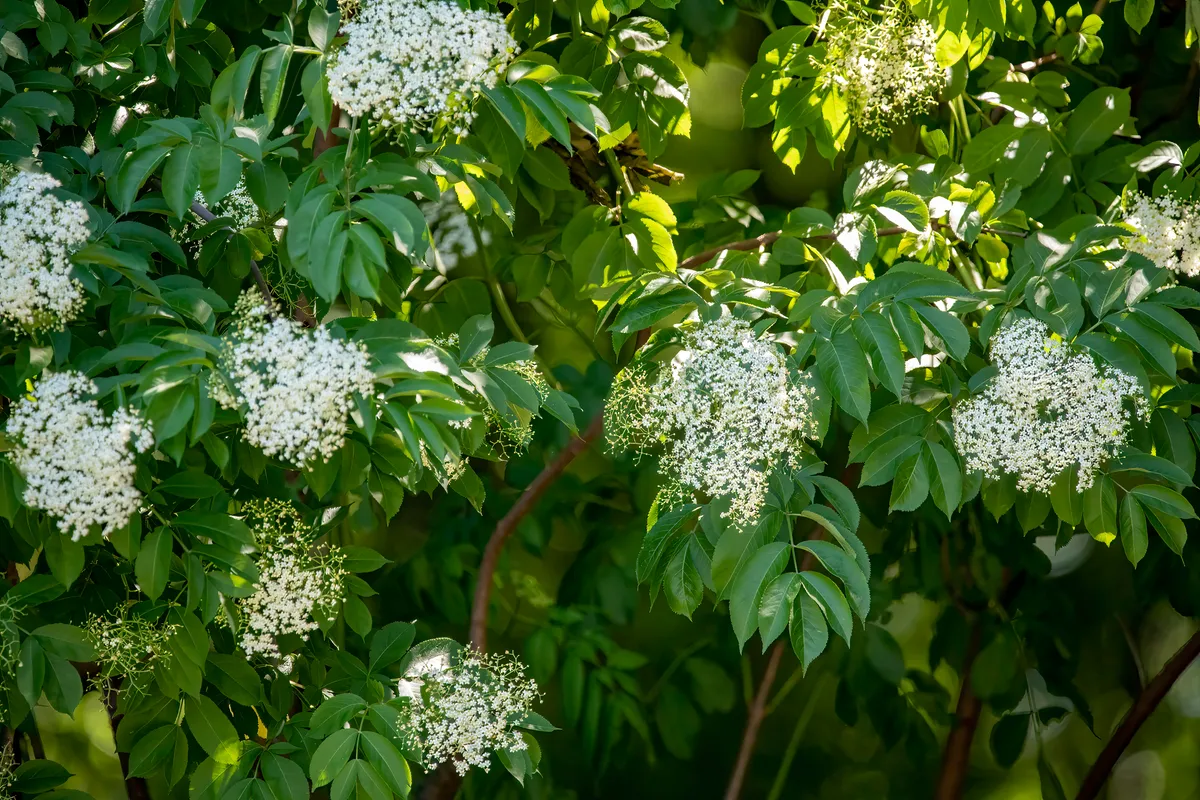
Valuable to wildlife and foraging humans alike, its weak and pithy wood makes for a gappy hedge. The white flower-plates are scented and make a delicious cordial, or can be fried in a light batter. Claret-coloured berries are beloved of dormice, bank voles and birds, and are good cooked in pies, preserves and wine. Coloured dyes from the berries were used in Harris Tweed. Bruised leaves have a distinctive, fly-repellent ‘green bacon’ smell; riders in the know thread it through horses’ bridles. Elder planted at the back of your house is said to keep out the devil.
Learn how to make delicious elderflower cordial.
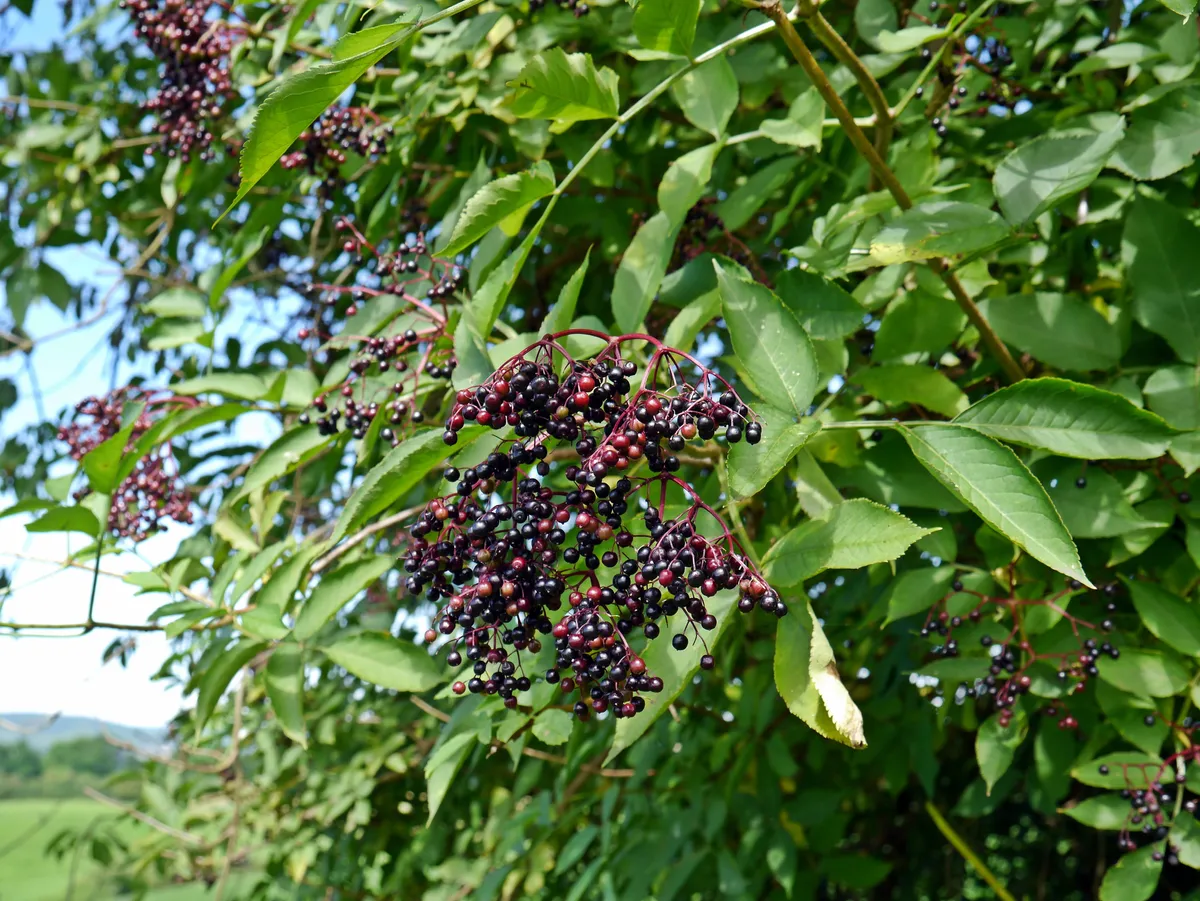
Crab apple, Malus sylvestris
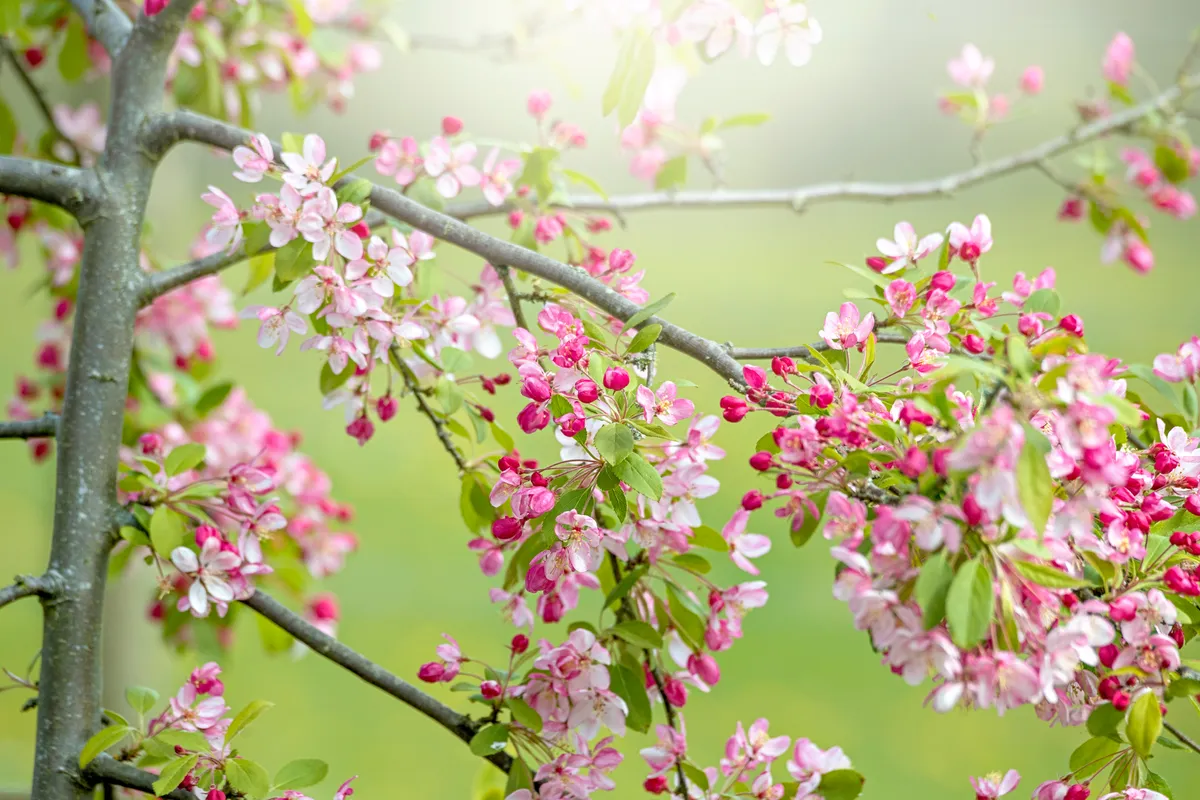
A newly arrived blackcap singing in a wayside blossoming crab apple is a spring joy – and it will also be buzzing and full of insect life. The tiny green-then-rosy apples make wonderful jams and jellies that glow with the ruby and amber colours of a winter sunset. They are understandably popular with wildlife. As the trees age, they become gloriously contorted and ‘crabbed’. Presumably not for those reasons, they have a long folklore association with love and marriage.
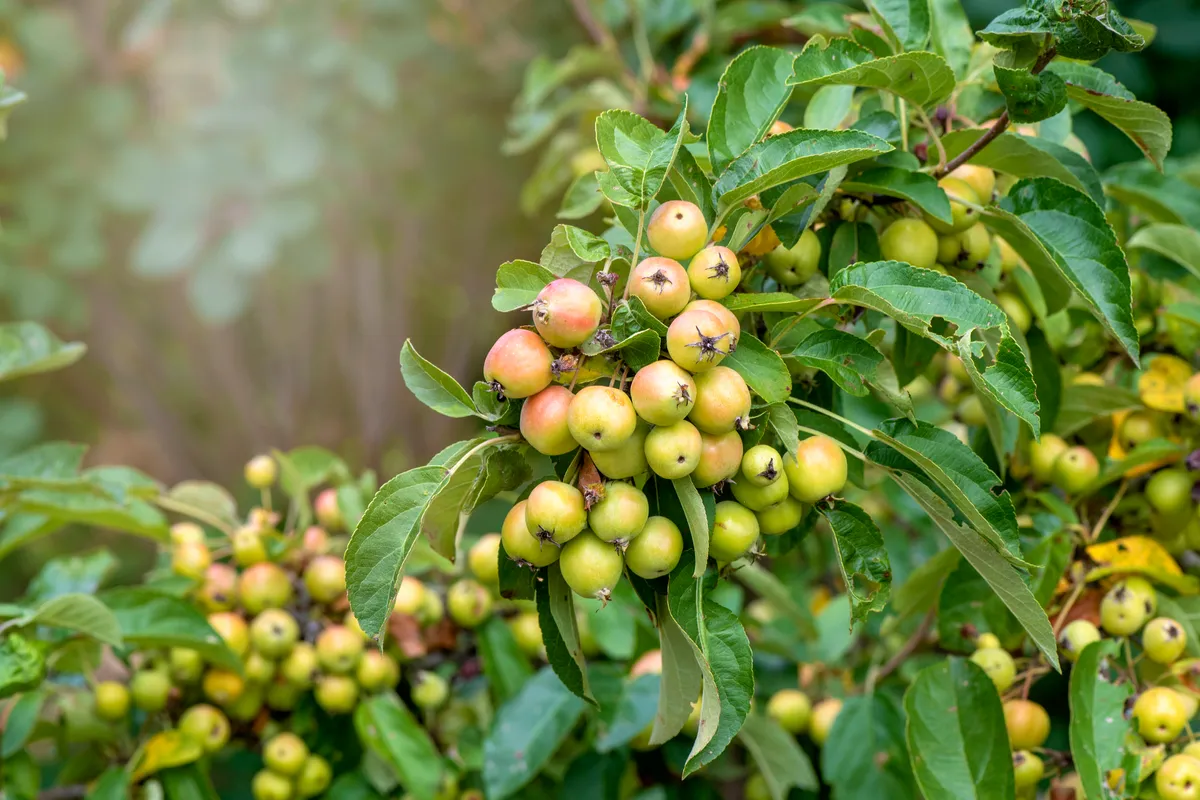
Learn more about crab apples and discover great recipes
Spindle, Euonymus europaeus
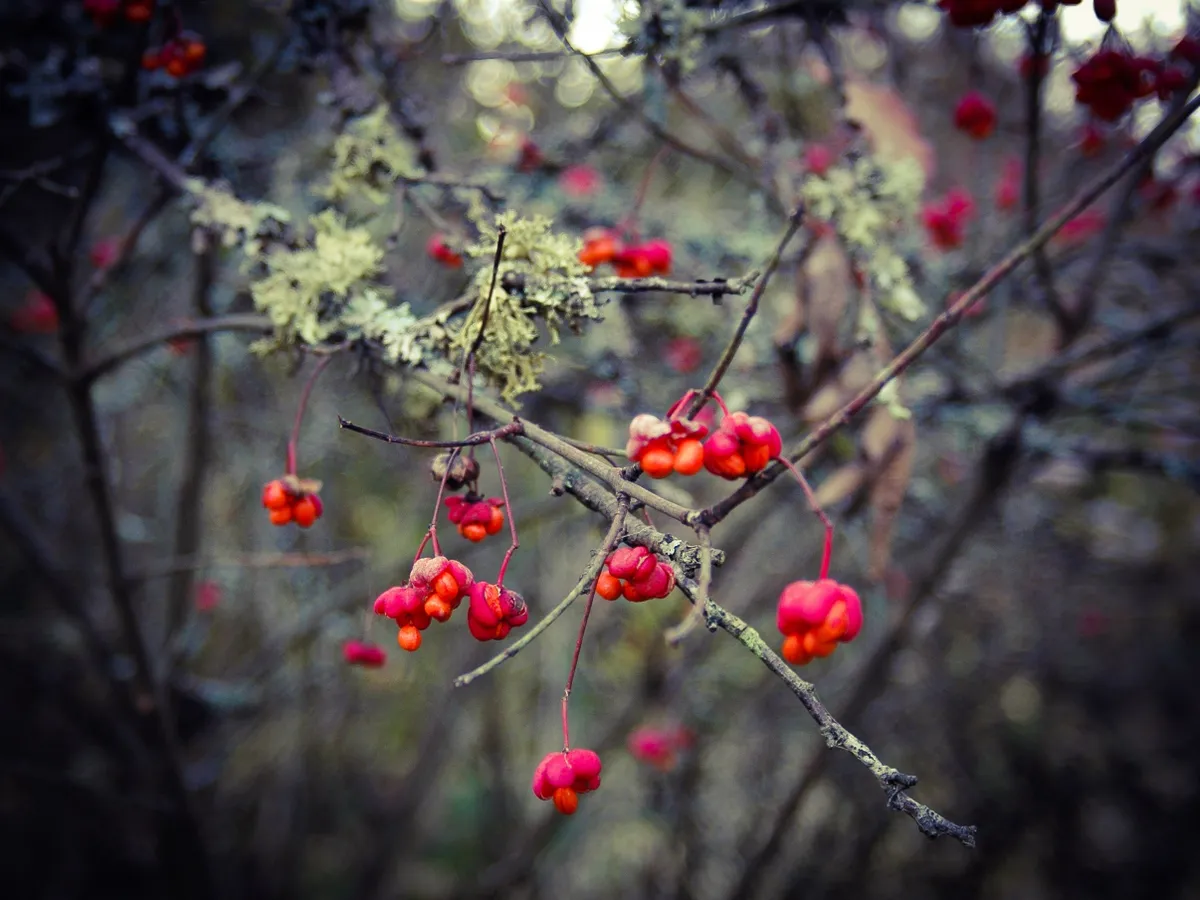
Known as ‘Robin’s bread’ for its attraction of aphids and birds, this ancient woodland indicator looks like an exotic import in autumn and has a high wildlife value. The fruits are a delightful shock of colours you might not dare to put together yourself: tiny satsuma lozenges burst from a three-bulb case in flamingo pink. The strong, hard, pale wood was easily sharpened for household objects, such as knitting needles, skewers, toothpicks, pegs and the eponymous spindles. It is now often used to produce high-quality artist’s charcoal.
Wayfaring tree, Viburnam lantana
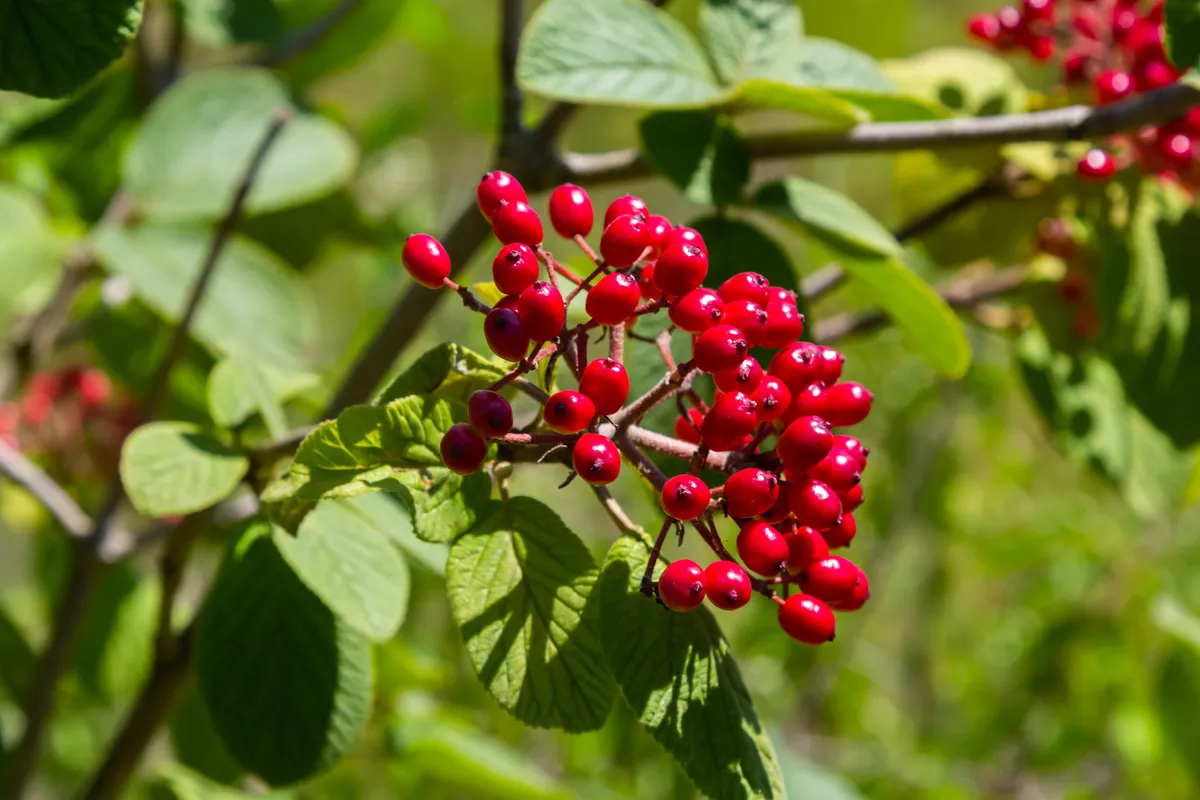
If you see a wayfaring tree, you know you’re on a path to somewhere. Its name was coined by herbalist John Gerard in 1597. He noticed it on all the paths and ways from Wiltshire into London. Sometimes known as ‘hoarwithy’ for its leaves frosted with hairs, and the strong, flexible stems used as readily available baler twine or ‘withies’, it bears large umbels of creamy white flowers above oval-shaped leaves. The attractive but poisonous flattened oval berries turn separately from red to black.
Dogwood, Cornus sanguinea

Dogwood seems to burst into flame from nowhere in autumn and not just because of its flaring red leaves. New growth, appearing lime-green in the shade, lights up bright orange-red in the sun, only to fade away again with a passing cloud. The starry clusters of four-petalled flowers attract insects, but smell unpleasant and while the small, currant-looking blue-black ‘dogberries’ are readily gobbled up by birds, they are inedible to humans. A tea made from the tannin-rich bark has traditional medicinal uses to reduce pain, fevers and act as a substitute for quinine.
What is the history of hedgerows in Britain?
Hedges have been part of the British landscape for thousands of years and many of our most ancient examples date from Saxon times. However, most hedgerows were planted between 1650 and 1850 when the controversial Enclosure Acts permitted landowners to parcel up common land for their livestock, which meant many poorer people were driven from the land. Hundreds of thousands of miles of hedge were created – and this is the basic of the familiar patchwork we see, even today.
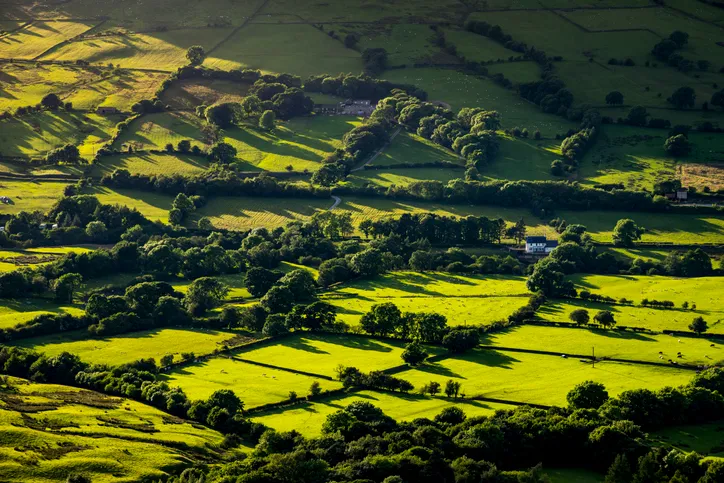
What is hedgelaying?
Hedgelaying is the process where the stems and trunks of living trees and shrubs are partially cut and laid horizontally (a process known as pleaching) where they are interwoven with other living material and stakes of dead wood to create a barrier to livestock and/or to mark a boundary. Hedgelaying was an important rural craft for many centuries and many regional variations evolved across Britain that can still be seen today.
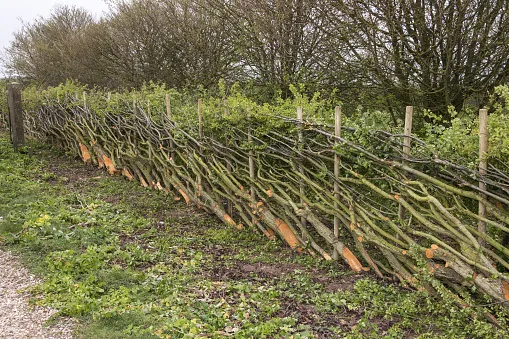
Why aren’t all our hedges laid today?
With the advent of post and wire fences, especially barbed wire, fence boundaries could be erected more quickly and cheaply than a traditional laid hedge so they have superseded hedges as a means for keeping livestock in a field. Many hedges still exist of course but the majority are in a poor state and are supplemented with barbed wire.
How can you tell how old a hedgerow is?
These is a very rough rule of thumb that a hedge can be aged by counting the number of woody species – trees and large shrubs – in a 30m stretch of hedgerow. Each species counted equals about 100 years of age – so the more species, the older the hedgerow.

How many miles of hedgerow are there in Britain today?
This is a difficult question to answer – possibly 500,000km of hedgerow still exist in some form of other but no detailed surveys have been done for many years. It’s estimated that Britain has lost half of its hedgerows since the Second World War. Some have been grubbed out to make larger fields to accommodate today’s larger farm vehicles, others have been neglected or replaced by barbed wire. Some have grown up to become small woodlands.

